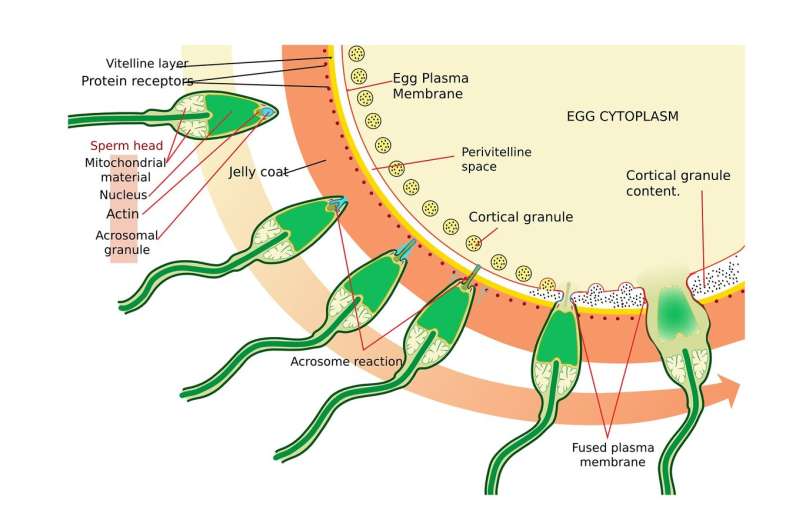Exploring the True Similarities and Differences of Identical Twins

Discover the fascinating science behind how identical twins form, their subtle genetic differences, and what they reveal about genetics, environment, and human development.
From ancient myths like Romulus and Remus, who are said to have founded Rome, to modern cultural references such as Australia's 'Twinnies' Paula and Brigette Powers, the concept of twins has fascinated humanity for centuries. These siblings not only inspire stories but also serve as valuable subjects for scientific research. Twin studies provide unique insights into human genetics, development, and health science.
At Twins Research Australia, researchers work with a large database of 75,000 twins to deepen our understanding of heredity and environmental influences. One intriguing aspect of twin biology is how identical twins, or monozygotic twins, are formed. They originate from a single fertilized egg, called a zygote, which splits into two embryos. The timing of this split determines whether the twins share a placenta or amniotic sac; earlier splits lead to more independent development, while later splits can result in shared structures such as conjoined twins. Discoveries in recent years suggest that the process may be more complex than simple division, possibly involving the development of separate cell clusters within one embryo.
A remarkable phenomenon among adult identical twins is the sensation of "twintuition"—an intuitive connection where twins seem to sense each other's thoughts or feelings. Such experiences, sometimes described as "twin telepathy," are difficult to explain scientifically, but they continue to intrigue researchers.
Regarding genetics, it is often stated that identical twins share 100% of their DNA. However, advances in genetic technology reveal that small post-zygotic mutations can occur in one twin and not the other, leading to subtle genetic differences. These minor variations can influence health outcomes, such as susceptibility to certain diseases, and are an essential area of study.
Epigenetics, which involves chemical tags on DNA that regulate gene expression, also plays a significant role in distinguishing twins over time. Factors like diet, stress, and environment can alter these epigenetic patterns, leading to differences in health, personality, and disease risks as twins age.
Developmental conditions before birth, such as embryonic implantation differences and in-utero environment, contribute to physical and biological differences between twins. These factors underscore the complex interplay of genetics and environment in shaping an individual's traits.
Interestingly, even though identical twins are often presumed to be fully hereditary, they do not necessarily share the same health conditions. Variations in developmental environment and life experiences mean one twin might develop health issues like asthma or depression, while the other remains unaffected. This underscores the importance of environment and personal experiences in health outcomes.
Twin studies have been instrumental in understanding human biology. By comparing monozygotic and dizygotic twins, scientists estimate the contributions of genetics and environment to various traits, including risk for diseases, brain aging, and behavioral tendencies. With over 35,000 twin pairs, Twins Research Australia continues to uncover significant insights into human health and development.
In conclusion, while identical twins are remarkably similar due to their shared genetics, environmental factors, random developmental variations, and minor genetic mutations create meaningful differences. These nuances highlight the richness of human individuality and reinforce the value of twin research as a window into our biological and psychological makeup.
Stay Updated with Mia's Feed
Get the latest health & wellness insights delivered straight to your inbox.
Related Articles
Understanding Semen Allergies: A Hidden but Common Condition
Semen allergies, known as seminal plasma hypersensitivity, affect many women and can cause symptoms from mild irritation to severe reactions. Learn about symptoms, diagnosis, and treatment options for this hidden condition.
Innovative Self-powered Patch Tracks Biomarkers Non-invasively
A novel self-powered microneedle patch can non-invasively monitor health biomarkers by collecting dermal interstitial fluid, eliminating the need for blood draws and external power sources.
Discovery of Heart Protein AIMP3 Highlights New Target for Cardiac Disease Treatments
Brown University researchers have uncovered the vital role of the protein AIMP3 in heart health, opening new possibilities for cardiac disease treatment by targeting this molecular mechanism.
Understanding CT Scans: Essential Questions to Ask Your Doctor
Learn essential questions to ask your doctor about the necessity and safety of CT scans, including alternatives and radiation risks, for informed healthcare decisions.



